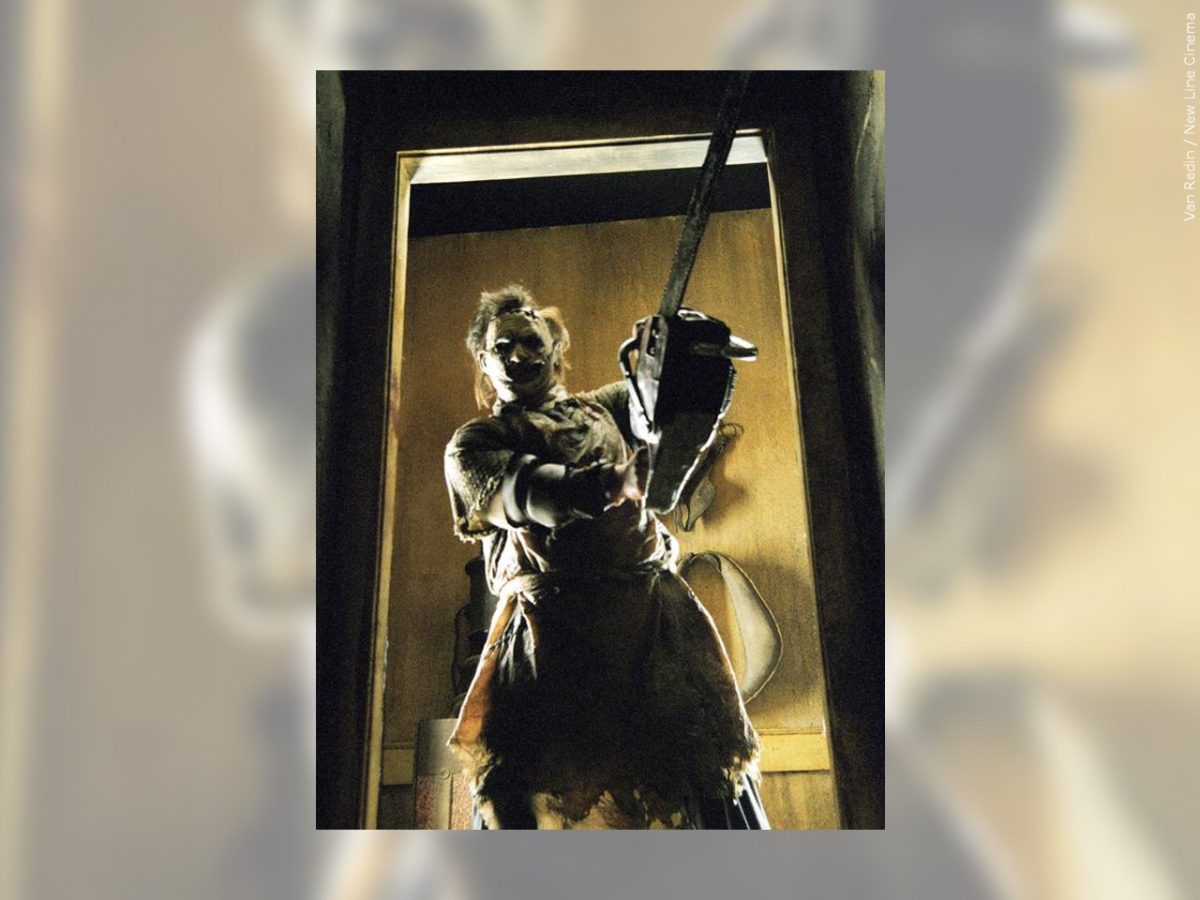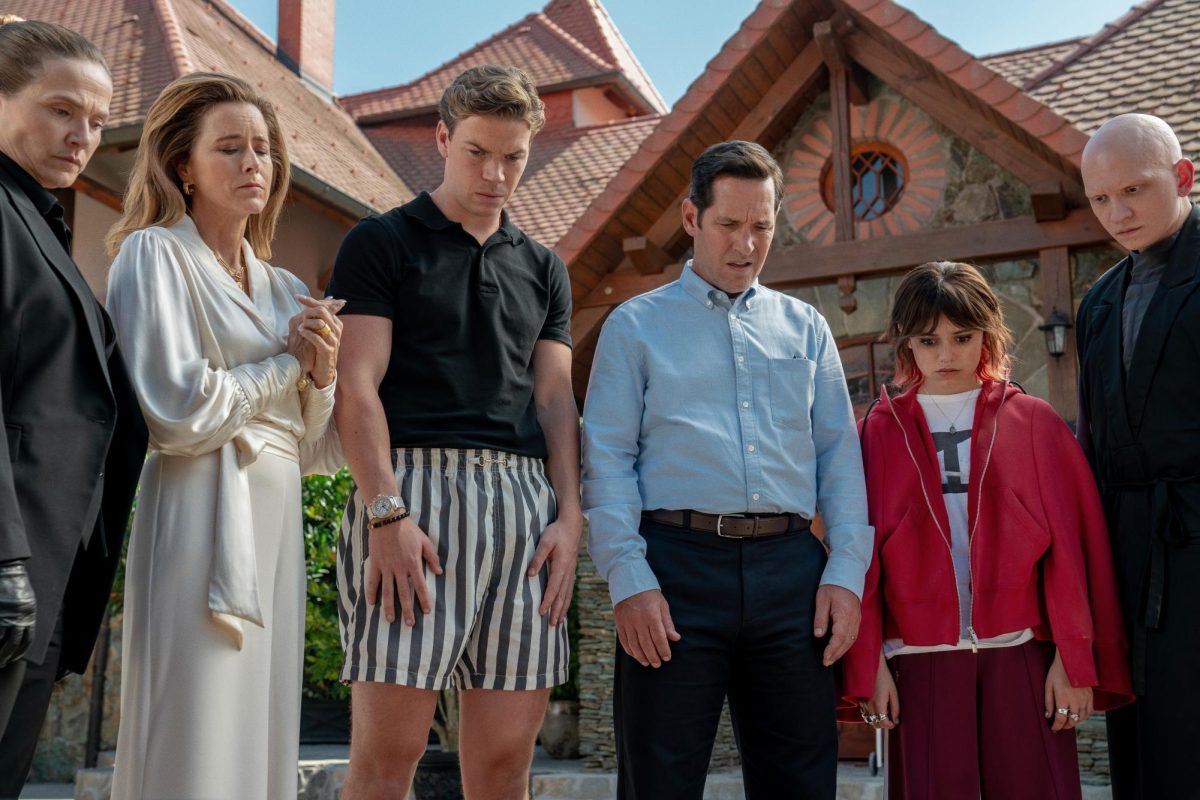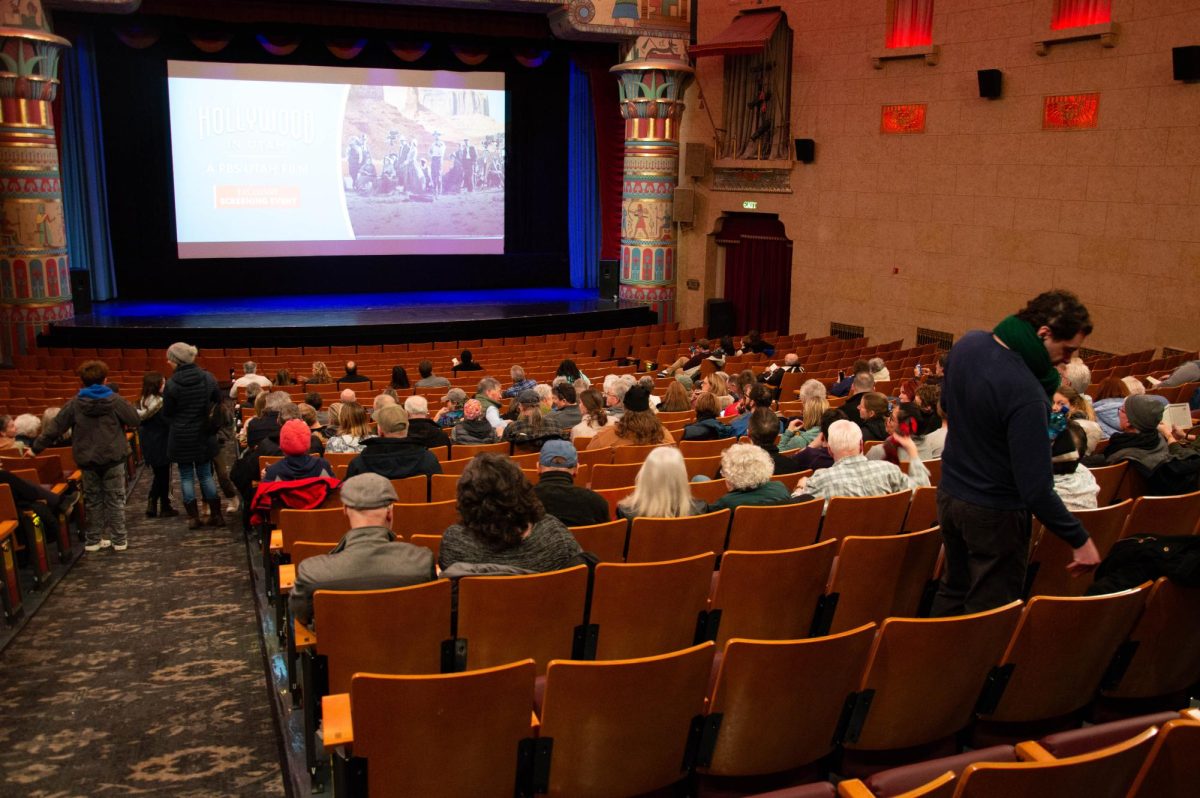Tobe Hooper’s “The Texas Chain Saw Massacre” begins with an opening scroll that tells the viewer the film is based on a true story, a filmmaking trope that, in 1974, was ahead of its time. 50 years later, it is still a sense of realism that makes this classic horror film so effective today.
In terms of its narrative structure, TCSM is a fairly straightforward story. A group of young travelers find themselves in the wrong place at the wrong time, everything goes horribly wrong, a final girl escapes the danger and a fairly ambiguous ending. A horror movie structure that few films inspired by TCSM would ever bother to improve upon. The side characters are annoying and poorly acted but still remain believable.
Where Hooper’s film excels is the filmmaking craftsmanship. Films like 1973’s “The Exorcist” generate a type of horror based around mythology and elements of fantasy, but TCSM finds a way to feel like a realist bad dream that lingers in the mind. The music in the film, while used rarely, is not composed of instruments but rather industrial noises that an animal might hear in a slaughterhouse. The different settings have hundreds of unnerving details spread about that would likely go unnoticed by a first-time viewer. Adding to the statements made in the film’s opening scroll, the movie is shot like a documentary, with unnatural and dingey lighting throughout the various locations the characters find themselves in.
Despite the title of the film, the chainsaw is used quite sparingly. There is an argument to be made that this is to the film’s benefit — too much use of the motorized weapon might lessen that dreadful sense of realism, an aspect of the movie’s aesthetic the sequels seem to abandon. In fact, there is rarely any blood or gore in the film; most of the horror falls into the atmosphere of the world Hooper has built. There is intention behind obscuring the terror and letting the viewer’s imagination fill in the gaps, though this is likely to keep the film’s budget to a minimum.
The group of young travelers finds themselves in the middle-of-nowhere, Texas. Within the first few moments of the film, there is an overwhelming sense of isolation with little to no sign of civilization in any direction. Even if the characters never stumbled upon the likeness of Leatherface and his family, there would still be a sense of danger, whether it comes from a feeling of abandonment or the Texas summer heat. The decrypted home the antagonists live in feels like it has been completely left behind by any source of humanity. It becomes a gateway to Hell as our characters have the misfortune of entering the house. This version of Texas feels like an apocalyptic wasteland.
The theme of abandonment is where the argument that TCSM is “nothing more than violence” starts to fall apart. The film explores feelings of anxiety around what it means to be left out of the rest of society and what that sort of effect has on people. While the backgrounds of the travelers are never really touched upon, it is clear that there is a class difference between the Sawyer family and the travelers. It is an examination of what it means when the American Dream fails and runs dry. The Vietnam war would end the following year, and moments in the film feel like a cynical and angry response to the political/social state of America in the mid-70s.
The final sequences of TCSM are among some of the most iconic in horror movie history. The film’s final girl, Sally, gives it her all as she screams and flails about the Sawyer property as Leatherface chases after her. The dinner scene uses quick editing techniques and unnatural camera angles to create one of the most jarring and disturbing moments in the film. The use of the sunrise during Sally’s escape shows how this character has made her way through the worst depths of humanity. Leatherface chases her as she makes her way into the back of the pickup truck and drives away to freedom, making a great callback to the hitchhiker the travelers picked up at the start of the film.
This October is the 50th anniversary of this classic horror film. Decades later, and it is clear that “The Texas Chain Saw Massacre” is a seminal film that redefined what the horror genre can do.






















Broken hat wilson • Nov 1, 2024 at 6:40 pm
The scene where the hitchicker burned the photo on tinfoil with gunpowder was him putting a folk magick voodoo/hoodoo hillbilly witchcraft curse on them. Didn’t notice it before